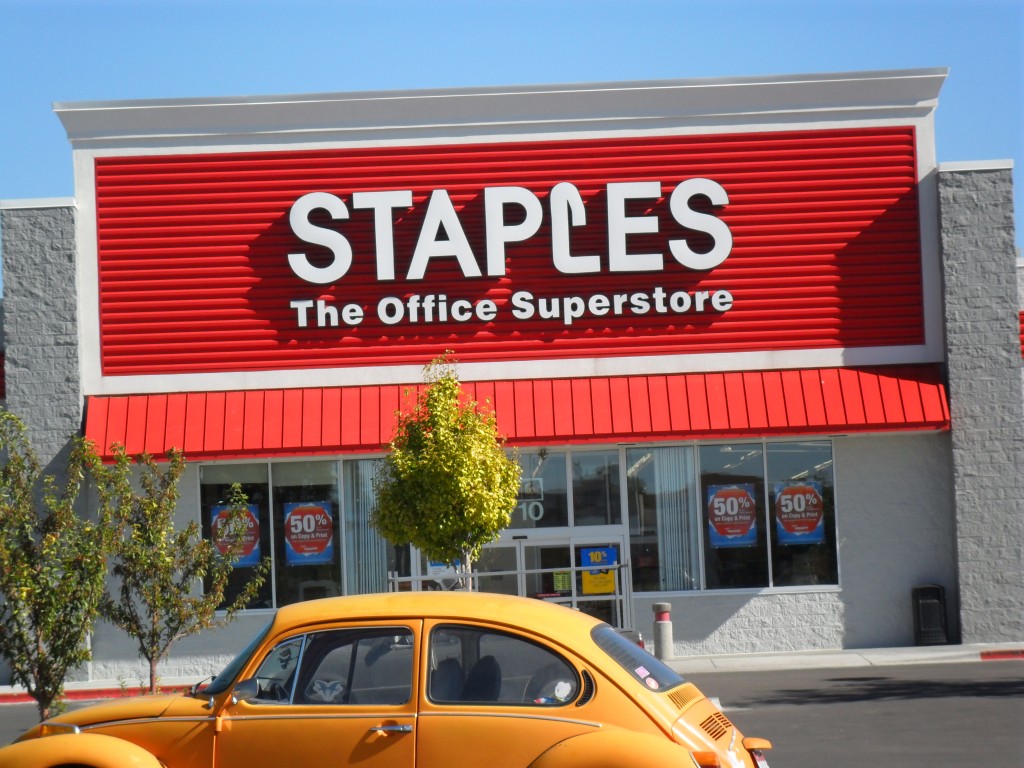27 September 2010
Signs of a coming food crisis are everywhere. Most notably at the source, the farms that grow the basic crops. Here on the east side of Idaho, farmers had to deal with a spring that was too cool too long, resulting in crops being planted weeks late, and then a short summer (www.noaanews.noaa.gov) (www.kidk.com).
It’s not just Idaho, but many of the crop growing states in the U.S. are experiencing lower yields, and you can blame the weather. Any type of extreme weather will affect crops (sciencepolicy.colorado.edu). In Idaho it’s too cool & too dry. In other parts of the United States it’s too wet (just look at all the flooding in the southern states), or too hot & dry. And it’s not just the U.S.; Canada & Mexico, South America, Eurasia & Africa as well as Australia, are all dealing with the adverse affects of weird weather on their crops. Pakistan can kiss most of their crop production goodbye after the incredible floods they experienced. Russia is loosing crops due to record heat & fires (www.voanews.com) (rt.com) (rt.com). Just in the past couple of days flooding in Nigeria has destroyed 240 acres of farmland (www.cnn.com).
The result is that overall, globally, less product is heading towards the markets, which means higher commodity prices paid for those crops (Law of Supply & Demand). This is good for farmers who can still produce big crop yields, as farmers in Colorado are finding out (www.agweek.com), but it’s bad for the average consumer. Coffee retailers have finally started passing on the higher costs they’re paying for the beans (starbucks.tekgroup.com). This will only add to the specter of inflation, a three pronged attack caused by governments printing too much money, precious metal prices blasting off and food prices soaring.
Here’s what has happened to wheat commodity prices: In March 2010 Hard Red Winter Wheat was at a value of 191.07, by August 2010 it hit a value of 246.35 (www.indexmundi.com). Not all commodities have experienced such a big increase, a few have actually dropped. But, there is a trend of reduced availability & increased cost, so much so that the UN held an emergency meeting to discuss the issue (www.guardian.co.uk). Some UN officials blame inexperienced commodity speculators for the increases in prices. One example of that is that it looks like the December 2010 Corn futures were “overbought” (Idaho Grain Market Alert 9.23.10). This is a double whammy for the average consumer; not only will some foods become limited but some food will be too expensive. So the coming food crisis may probably be more about people not being able to buy the food, than it’s limited availability.
Continued on next page
